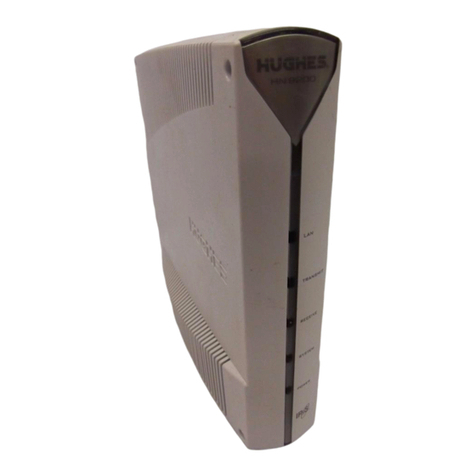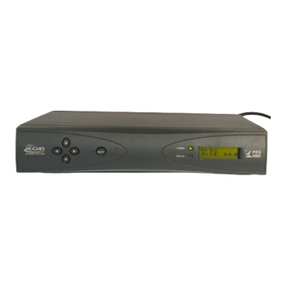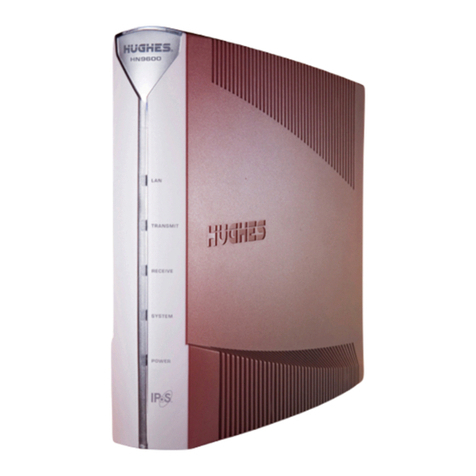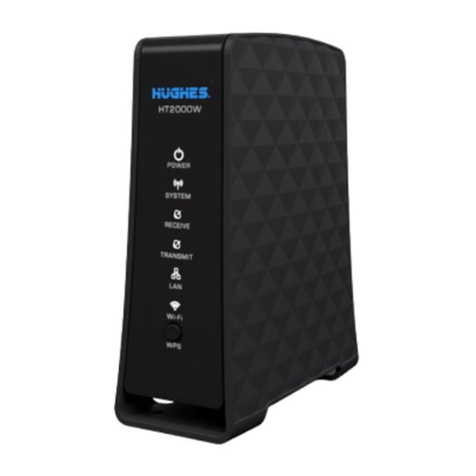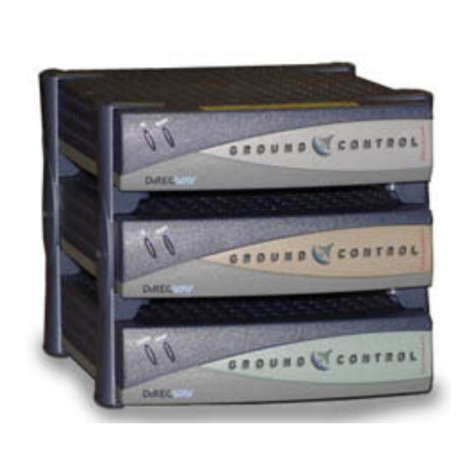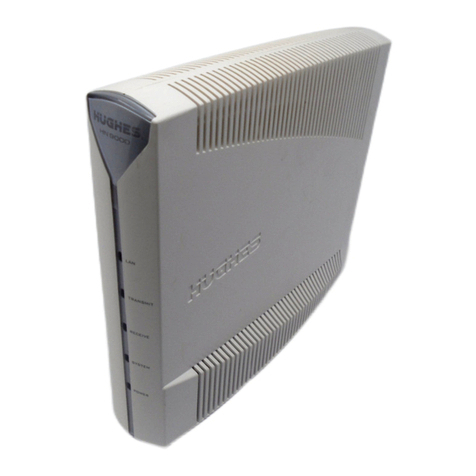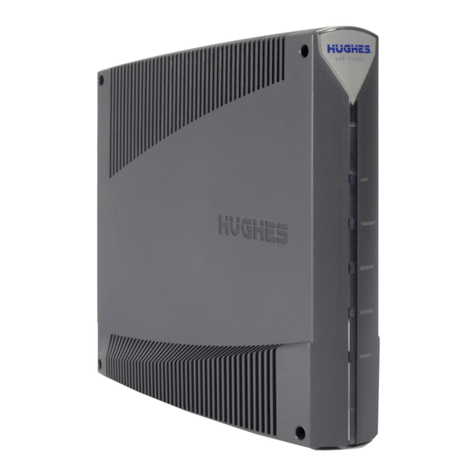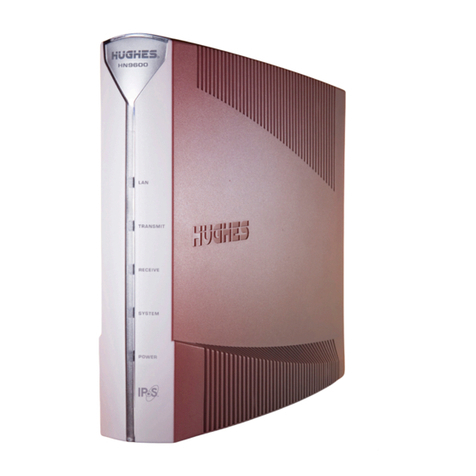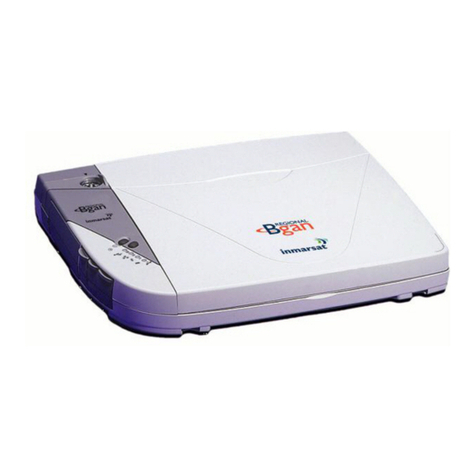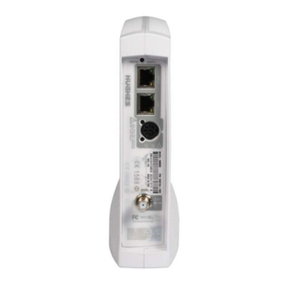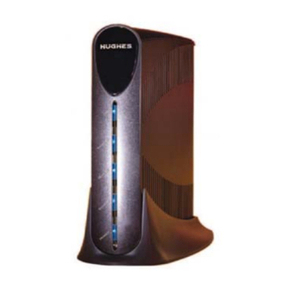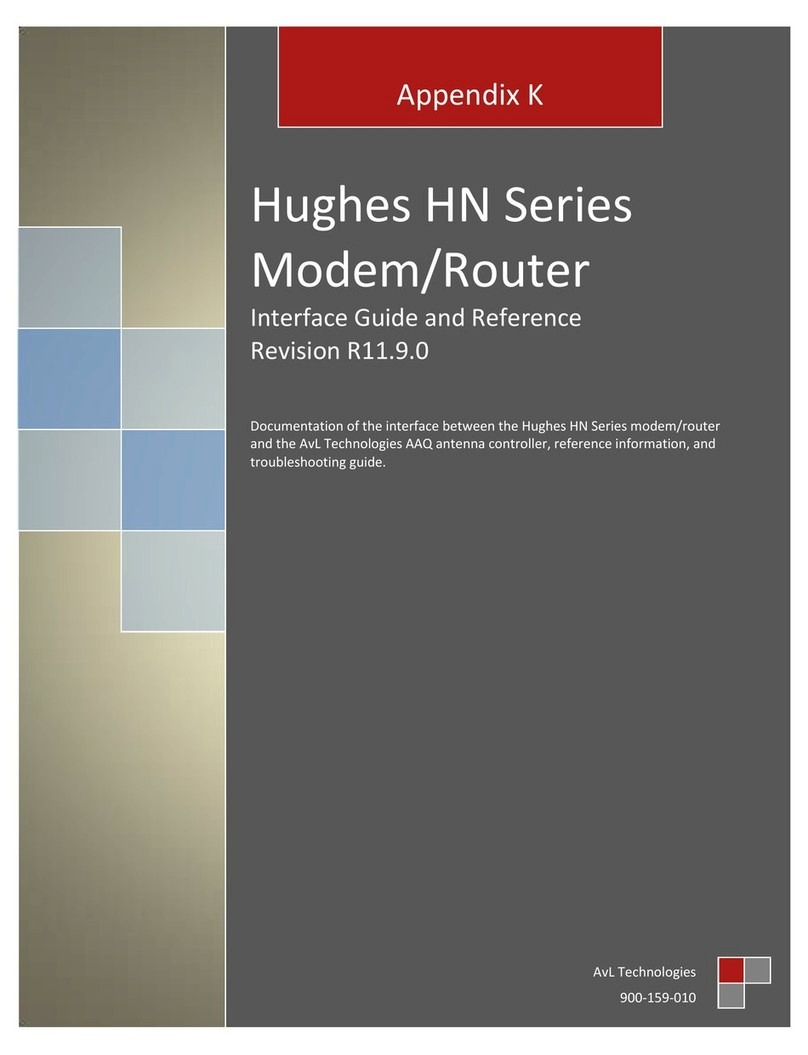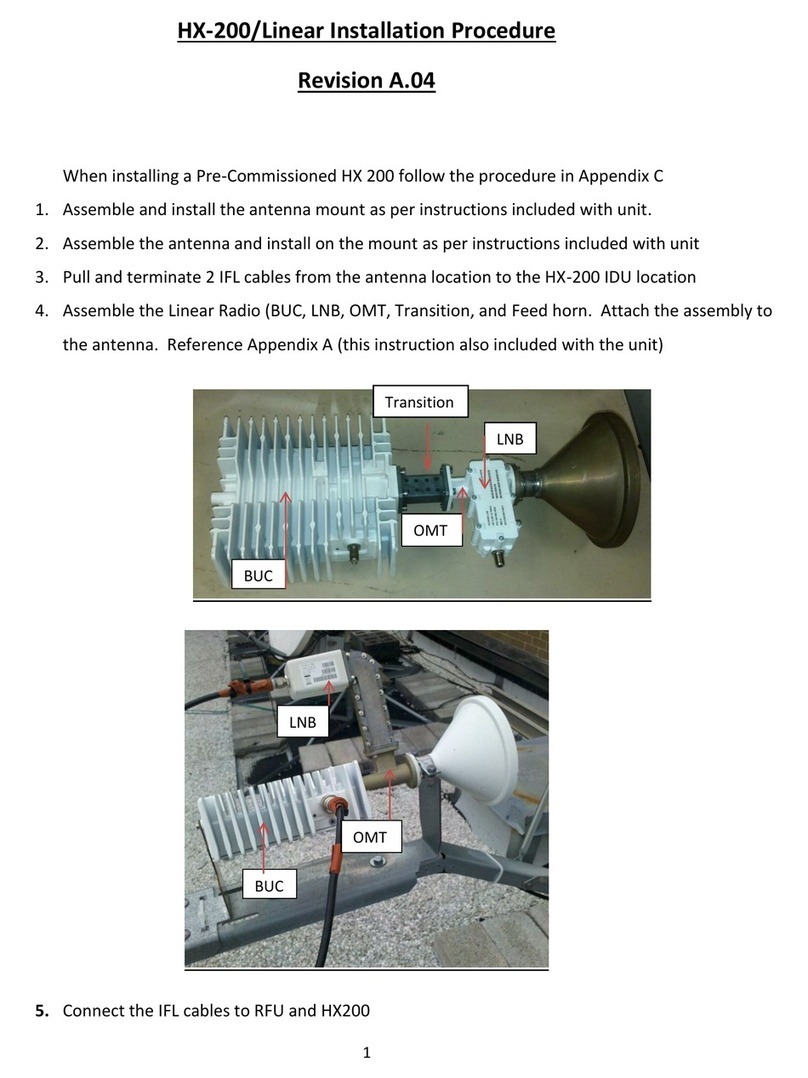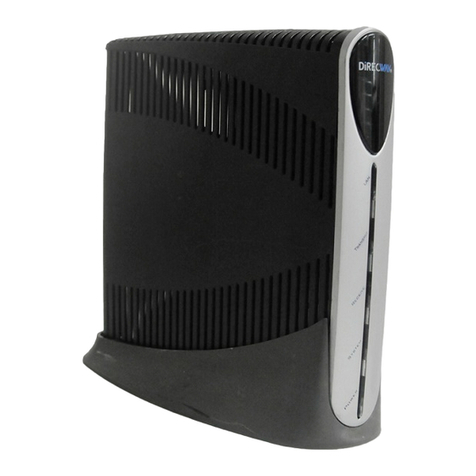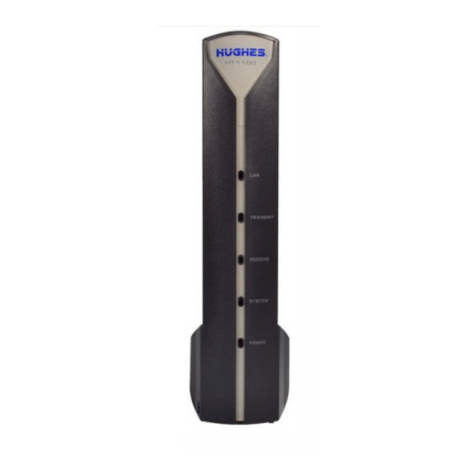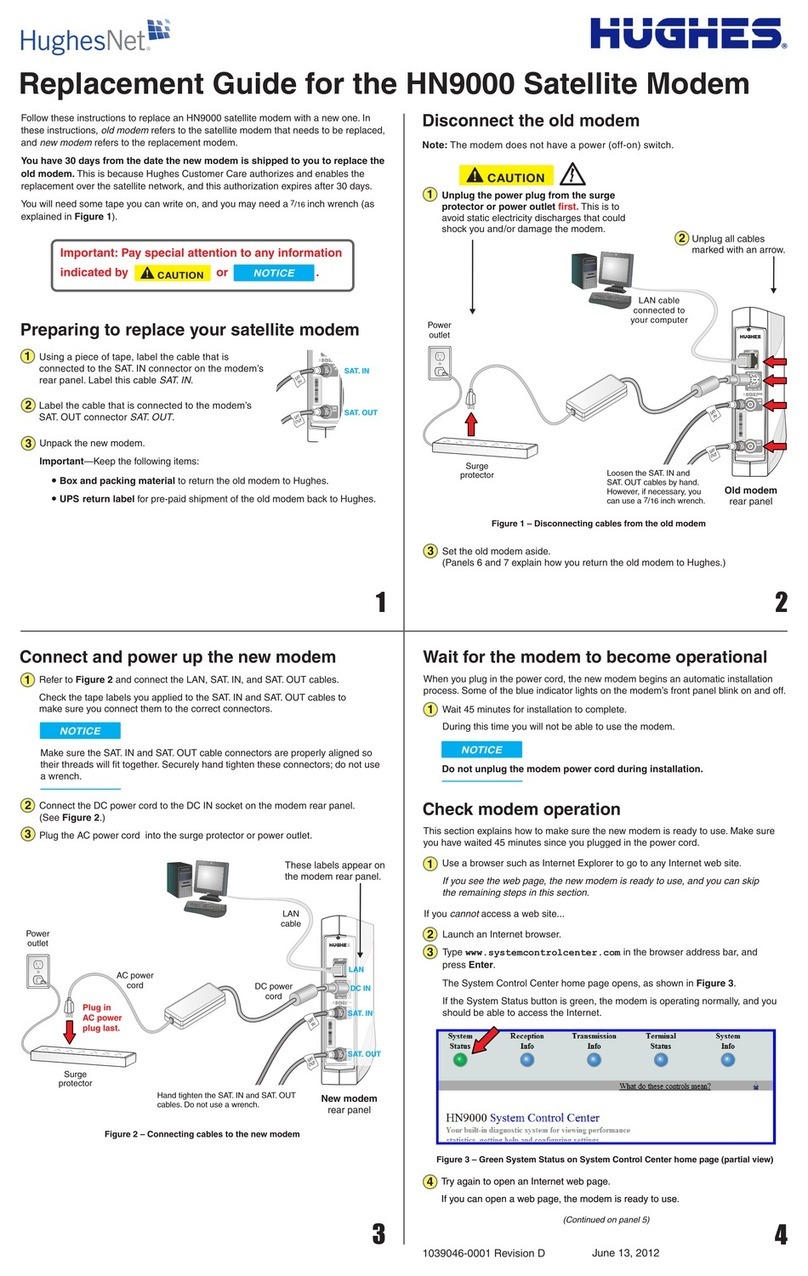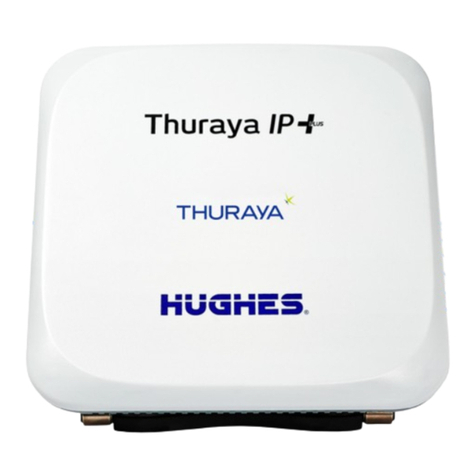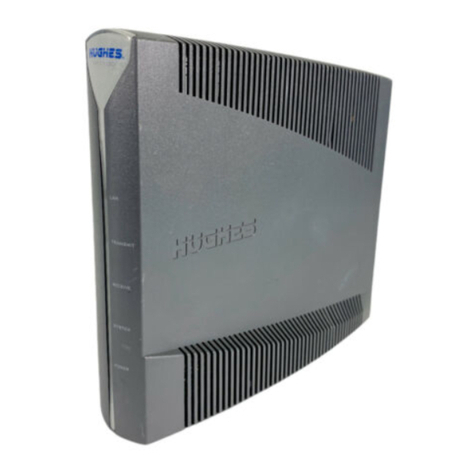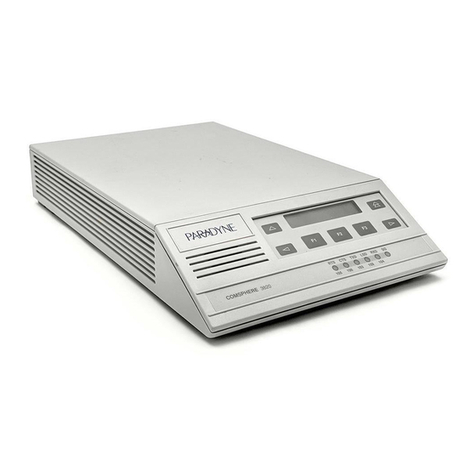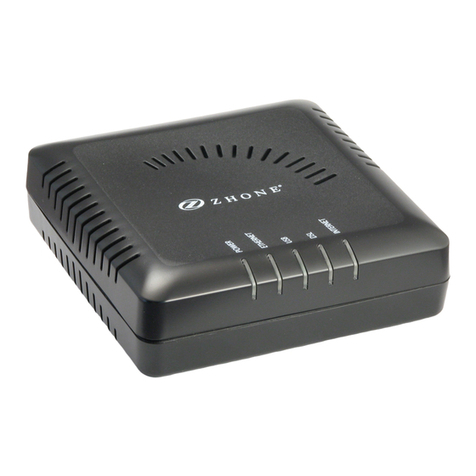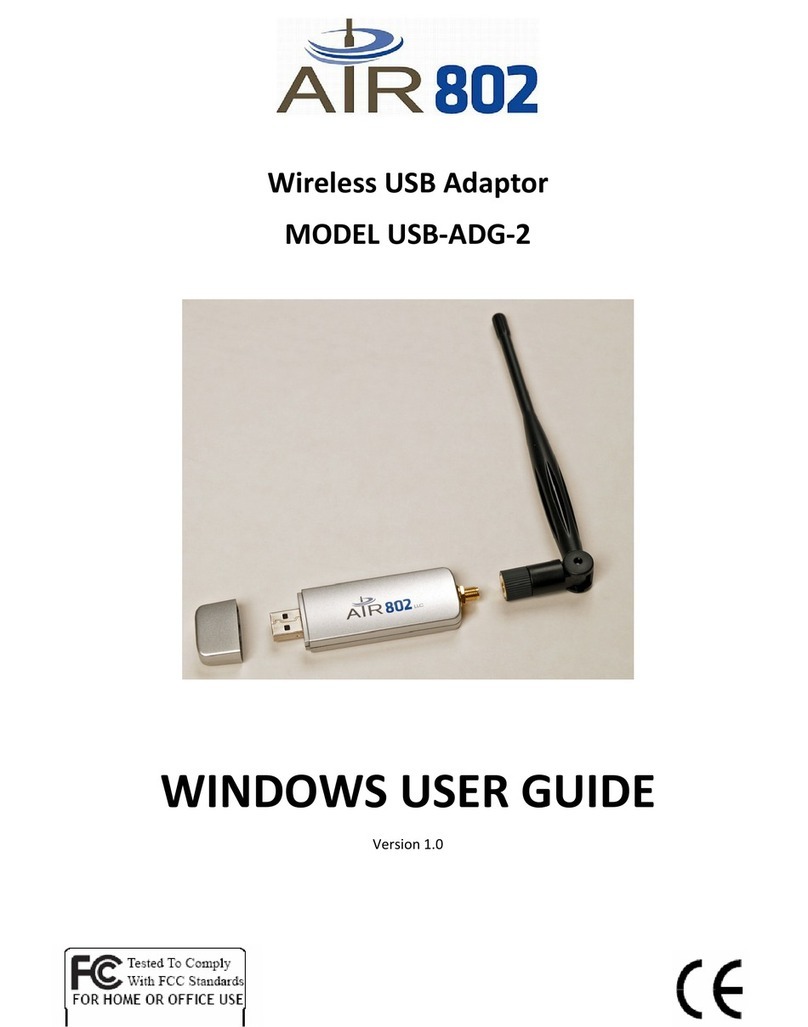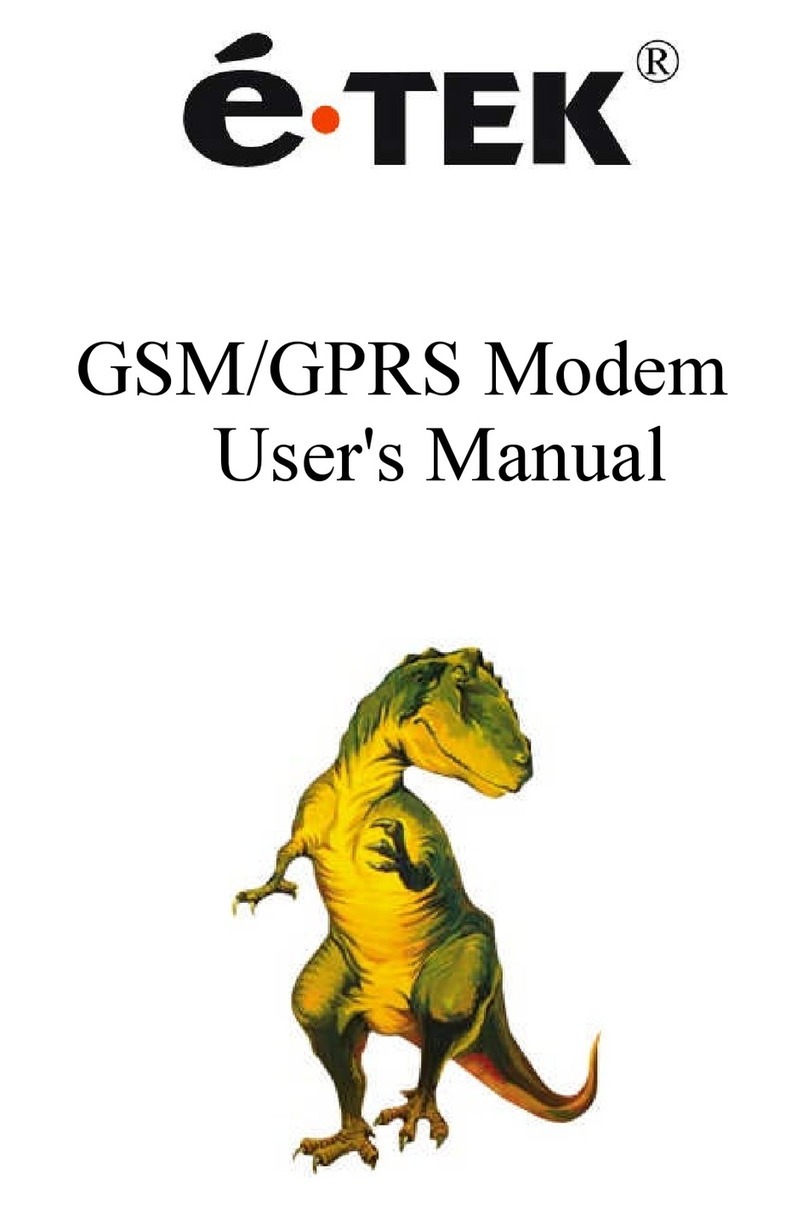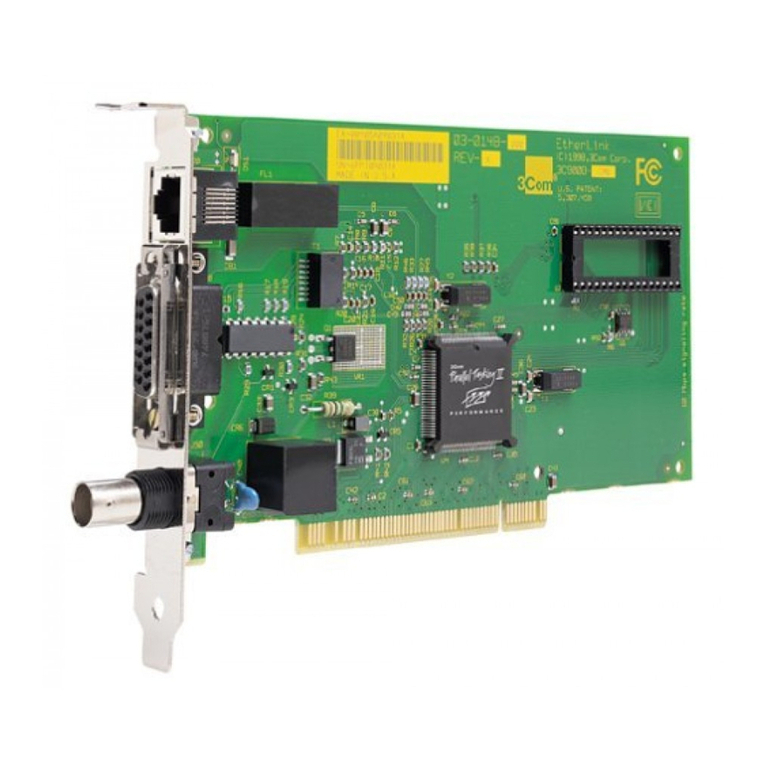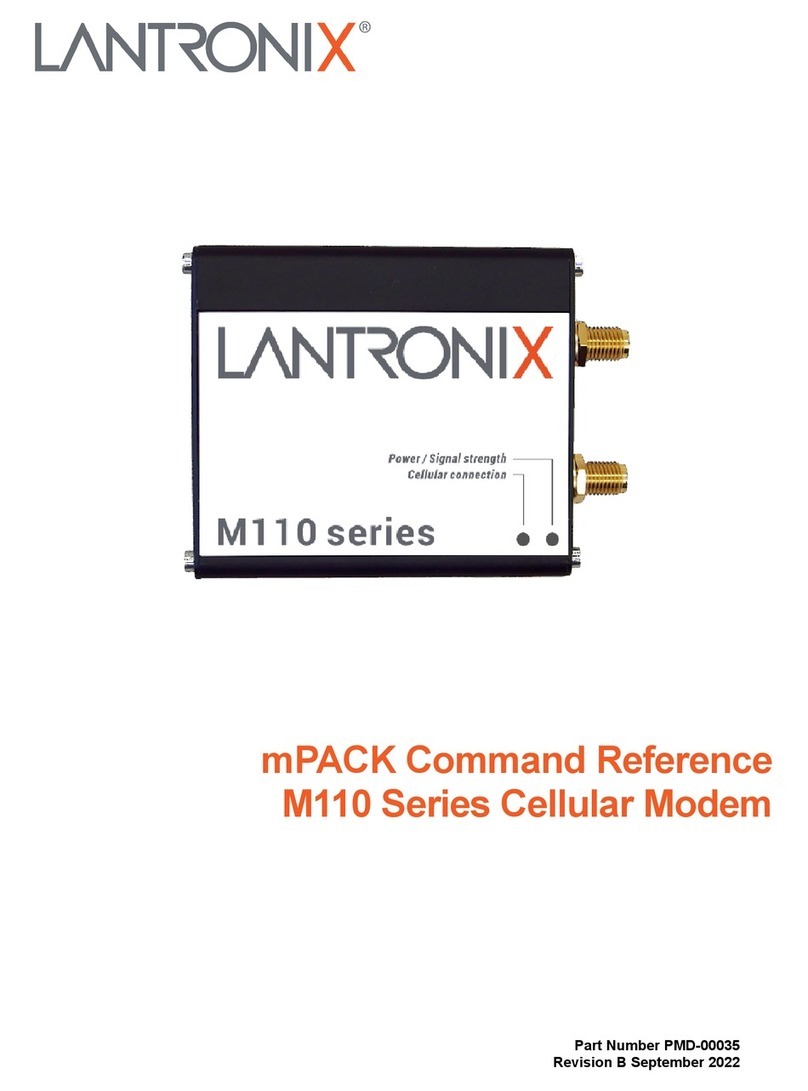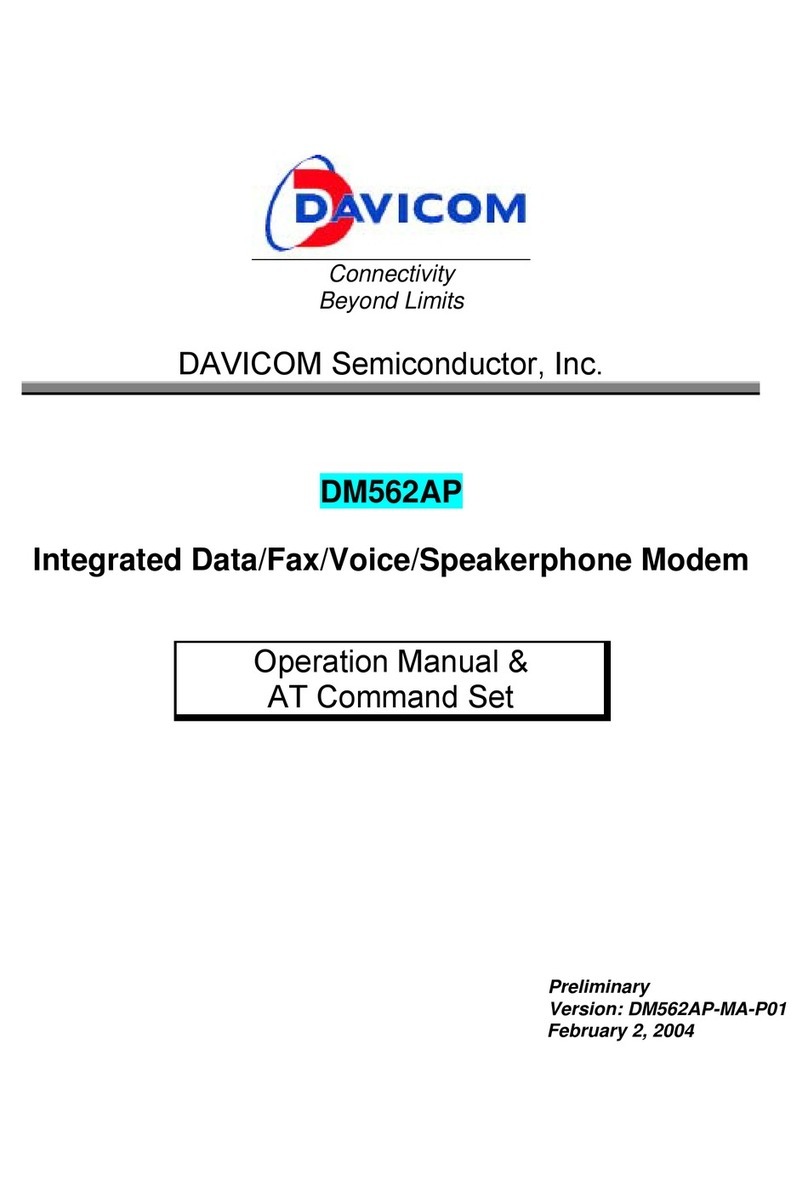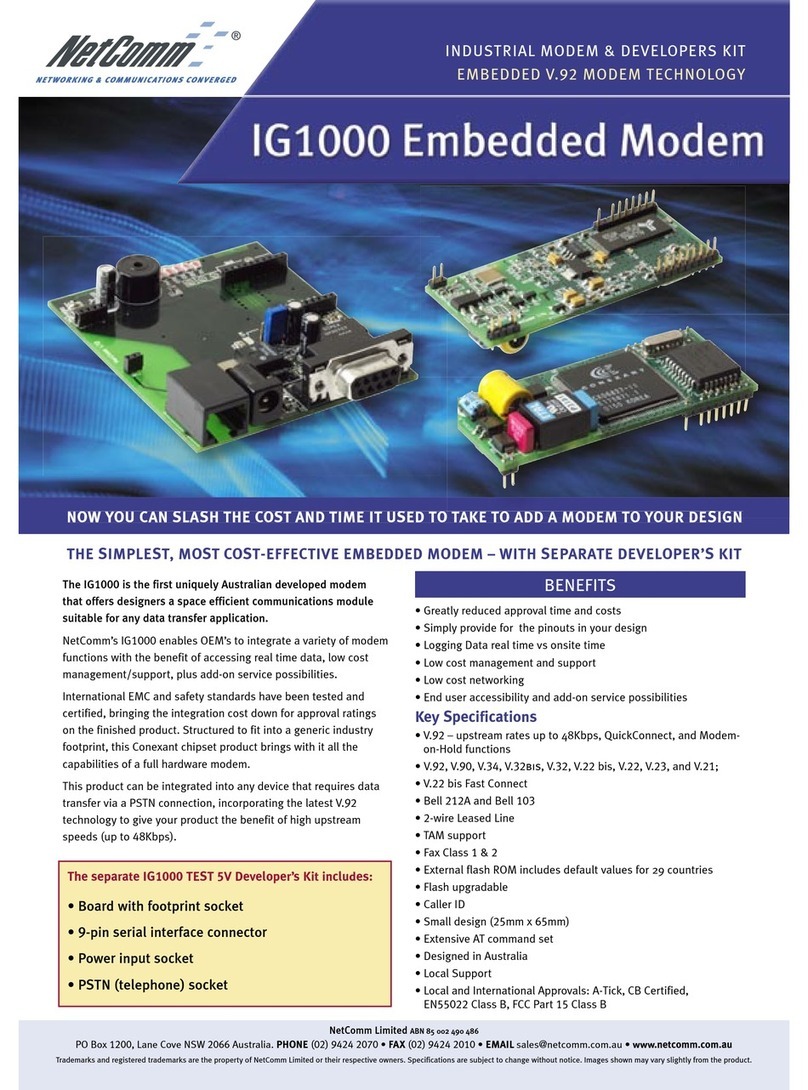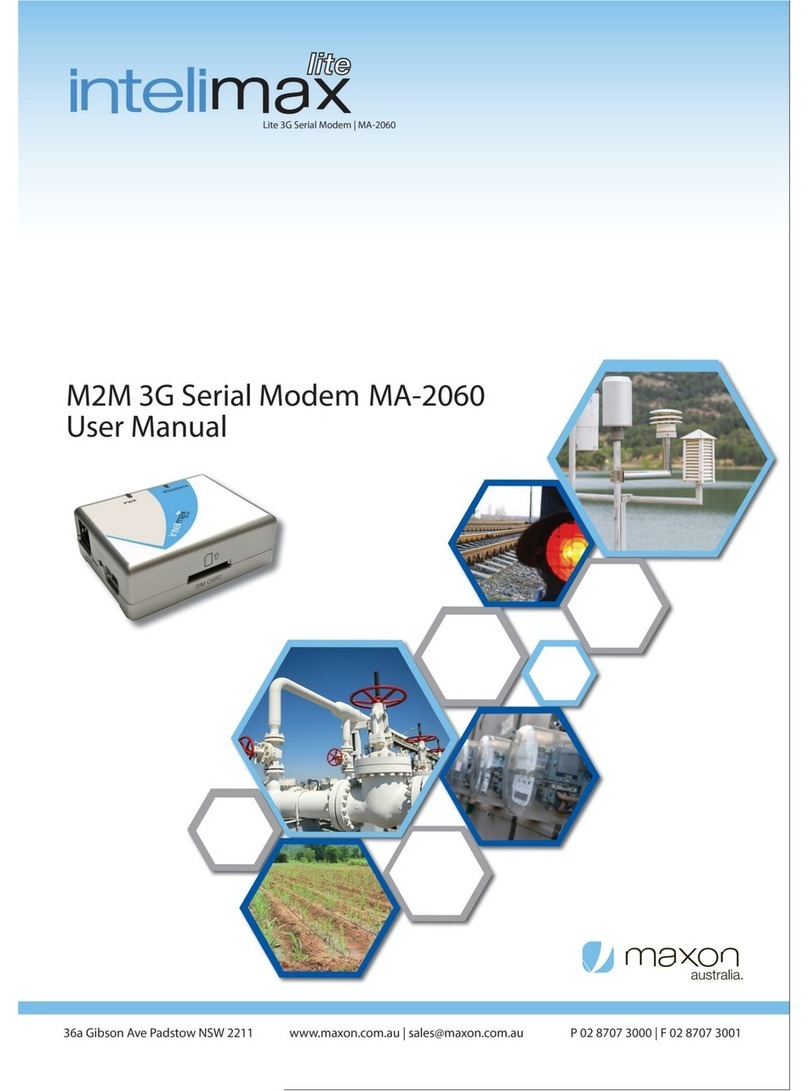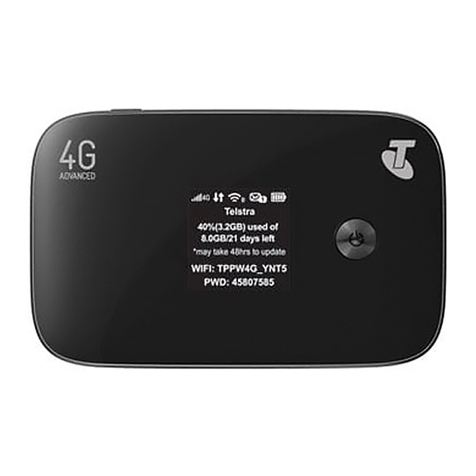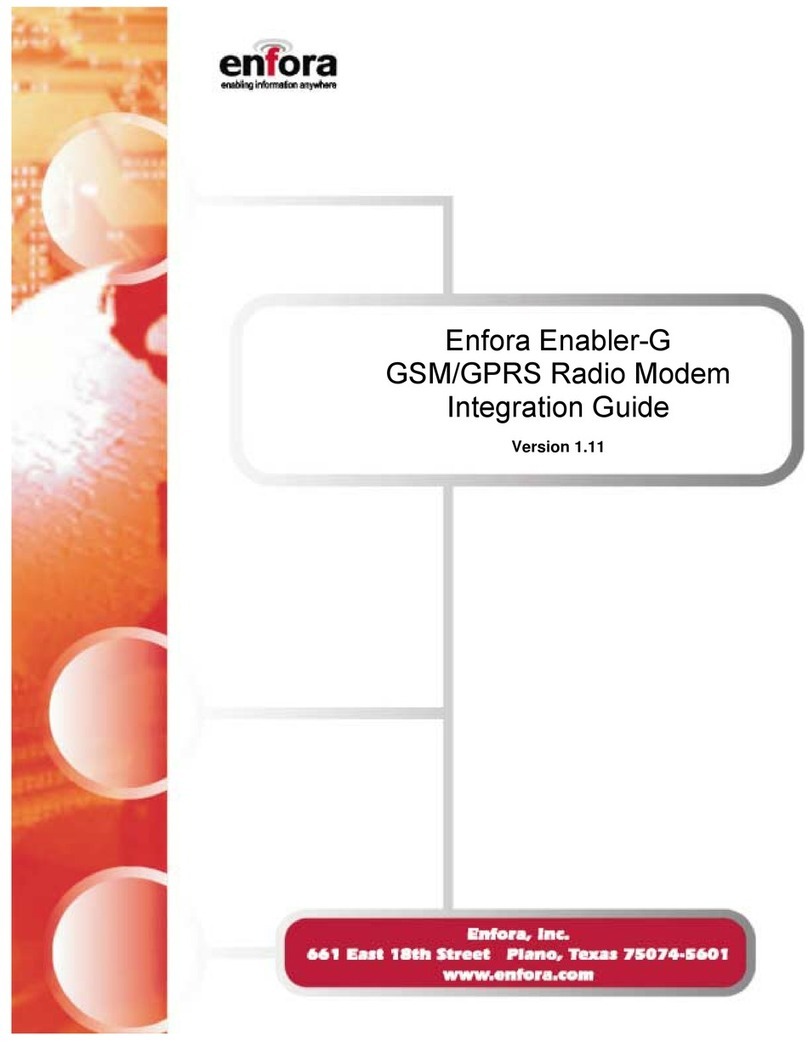
1022410– 0001 Rev. 2 UMOD hardware theory of operation 3–1
Chapter 3
UMOD hardware theory of operation
The UMOD is a digital satellite modem that serves as a link
between the user’s baseband data terminal equipment (DTE) and
the IF frequency interface with a radio or up/downconverter. In
addition to the basic phase shift keying (BPSK and QPSK)
functions, the UMOD performs data processing such as forward
error correction (FEC), open-network framing, Doppler buffering,
and data multiplexing.
UMOD functions are divided as follows:
•Transmit and receive functions. The UMOD is typically
configured for full-duplex operation, transmitting user data
toward the satellite and receiving data from the satellite.
The two paths are independent for most applications.
•System functions. These include monitor and control
(M&C), self-test diagnostics, timing generation,
redundancy, loopbacks, and bit error rate testing (BERT).
Figure 3-1 on page 3–2 is a high-level diagram of the UMOD
that shows transmit, receive, and system functions. The following
sections describe UMOD functions in the order they appear in the
figure.
In the transmit direction (see figure 3-1 on page 3–2), the
UMOD accepts user data at the customer interface module (CIM)
and directs the data across the backplane to the transmit portion of
the terrestrial data interface daughtercard (either a data interface
module or a G.703 interface module) installed on the UMOD
motherboard.
After the terrestrial data interface converts the data from the user’s
electrical format (RS-232, RS-449, V.35, or G.703) to the format
used in the UMOD, the data is either routed to the UMOD
motherboard, or—if there is an optional internal framing unit
(IFU) installed on the UMOD motherboard—to the transmit
portion of the IFU for processing. After IFU processing, the data is
directed to the UMOD motherboard.
On the motherboard, the data is sent to the channel encoder, where
operations such as scrambling, differential encoding, and FEC
encoding are performed. After encoding, the data is routed to the
transmit filter for digital filtering and interpolation; then passed to
the modulator where the signal is PSK-modulated onto an IF
carrier provided by the transmit synthesizer. This modulated
carrier is amplified in the IF stage processor, then routed for
3.1
Transmit operations
